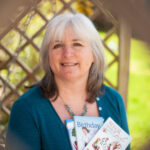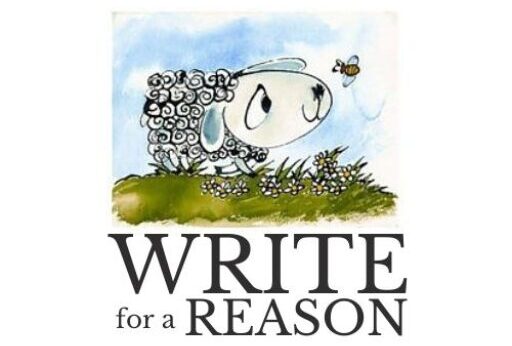You have to work hard to describe settings your readers won’t recognise – three different kinds of settings in particular:
1. Stories set in the past. Suppose you are writing your story set in the UK in the second world war, and children are being evacuated. You will have to describe the station platform in a way you wouldn’t have to if your story is set in the present day. You may have seen images of children waiting on platforms in London to be evacuated to the countryside, but your readers might not have any idea what it will be like. You will need to describe the noise of the engine, the smell of the steam, the atmosphere, the dirt, the clothing (mothers in hats, for example), and so on.
2. Stories set in a fantasy world. You may be able to see your fantasy world in your own mind’s eye, but you need to make sure you can describe it well to your readers. Don’t forget to bring in all the senses – not just what it looks like, but the sounds, the smells, the temperature, the ambience… and anything else relevant.

3. Stories set in another region/country/situation which won’t be familiar to your readers. Will they have seen a Buddhist temple? Will they have smelled the incense, heard the chanting, seen the brightly painted images of gods? What about the sea? Will they know what it’s like to dip their toes in the ocean?
If you’re not sure about a place you have written about in your current work in progress, go back over and see if you have described your scene well enough to take your readers there with you. Do you need to add anything? A sound, a smell, a feeling?

Trust that helps! If it does, and you find value in these writing tips, would you share Write for a Reason with a friend? Thank you! Perhaps you might know someone who would like to do the free ‘Gripping Beginnings’ course? Let’s spread the word together.
See you next week,
Janet
